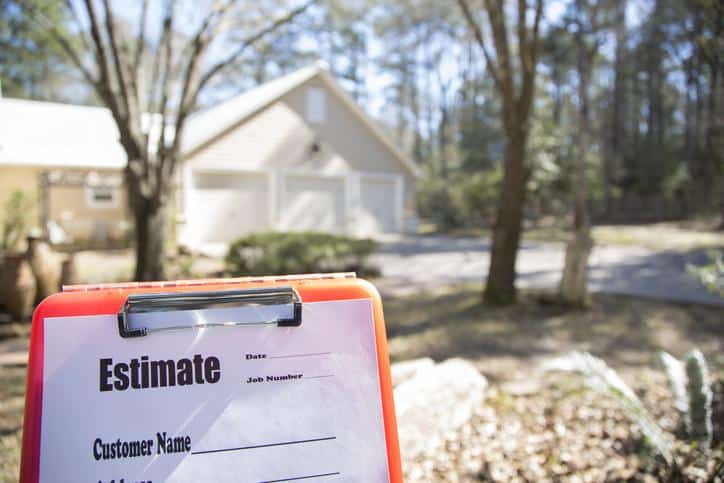Source: The Conversation —
On the lower tip of Manhattan there is a prime piece of real estate, the price of which is somewhat up for debate.
To the owners, the Trump Organization, 40 Wall Street is worth an eye-watering US$735 million, or at least it was in 2015. Others disagree, pointing to an appraisal that year by a real estate firm that priced it at $540 million. But even that was inflated, according to the New York attorney general: An appraisal three years earlier suggested the worth of the property then was $220 million.
The probe into the alleged fraudulent activities relating to Donald Trump’s property empire has many people wondering about the art and science of real estate valuations. Even when there are no claims of fraud involved, valuations can vary widely – and it is a longstanding problem. This likely sets the bar high for New York’s civil lawsuit to prove its charge, that at least some valuations were fraudulent as opposed to “business as usual.”
In a 1987 experiment, experienced real estate agents were handed identical information regarding a typical house and asked to estimate its value, with the only difference being the listing price. The resulting valuations differed significantly. With commercial property, the large divergence in valuations has likewise long been recognized as a concern.











